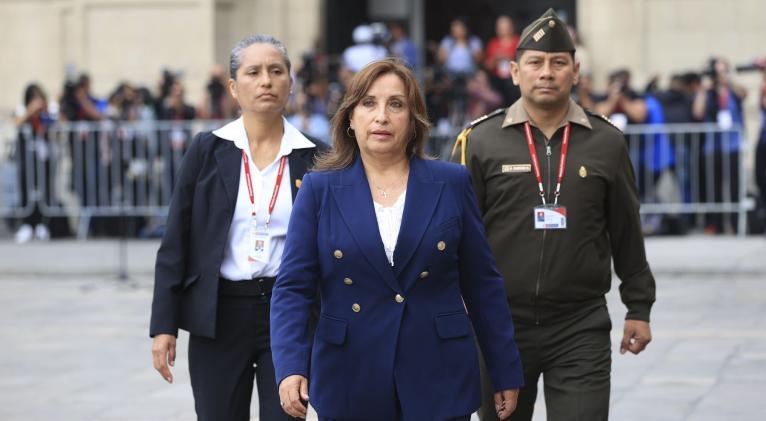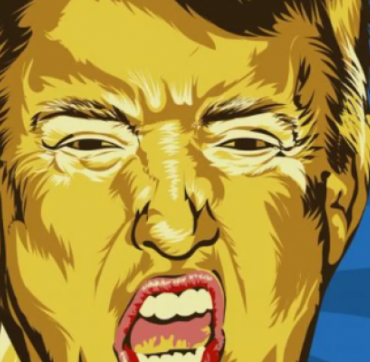What Will You Do, Dina Boluarte?
especiales

From all over Peru comes the rejection to President Dina Boluarte. Let’s remember that beginning in December 2022, the Andean nation sparked days of political turmoil after Pedro Castillo was removed from office and immediately imprisoned and accused of several crimes. He immediately assumed the until then vice president.
It’s remarkable that, although theoretically she was in charge of a government with a tendency to the left, Dina Boluarte did not follow the administration of her predecessor, nor did she try to modify it. On the contrary, she was linked to the right, and the rest of the story without end, we already know.
There are those who protest from their towns and the most daring move to the capital Lima. They leave their routines, their studies or jobs, to exercise their right to demonstrate and further their discontent to the doors of their president, the one they don’t accept and from whom they expect her resign, or, at least, urgent actions that resolve the demands of the people. However, they don’t receive more than repression, denials or flimsy resolutions that do not quench the thirst for reform Peruvians have.
That’s why the tempers are exacerbated in the streets, and altercations between the police and demonstrators ranging from verbal to physical are reported, with a significant toll of deaths, and injuries.
It’s been almost a month and a half since Pedro Castillo was removed from office and Peru hasn’t been able to get back on track. The confrontations linger, while the disagreements remain latent and unsolved. Demands that consist of radical changes, movements on the political board that link the Peruvian leadership, Congress, and the executive branch.
Citizens from all over the country demand the resignation of Dina Boluarte. They demand attention, first peacefully and now, closing roads. The government has responded by denying even talking about political requests, for now they will only consider social complaints. Likewise, at times daily life, shops, schools are also paralyzed, life is on standby while the people and administration don’t come to the table to resolve how to make the nation of all.
Tensions don’t subside. Little by little, sectors have joined the social protests; for example, native communities, and the peasants who left their lands to also demand to move up general elections, they demand a new president and a renewed Congress. The wait until 2026, time in which elections were scheduled according to the official calendar, is too far away given the strong public discontent; nor is the alternate proposal to celebrate them in a year and three months, they need it now.
Summing up recent events, it doesn't seem like things are going to calm down right away. A large number of Peruvians don’t recognize Dina Boluarte as president and are insubordinate with their calls for calm. At the beginning they were only supporters of Pedro Castillo, but today the protests are no longer just to restore the former president, but deeper. And the result? The demands have not been minimally met, and Peru is plunged into a spiral of violence that many compare with the dictatorship of Alberto Fujimori.
Translated by Amilkal Labañino / CubaSí Translation Staff














Add new comment